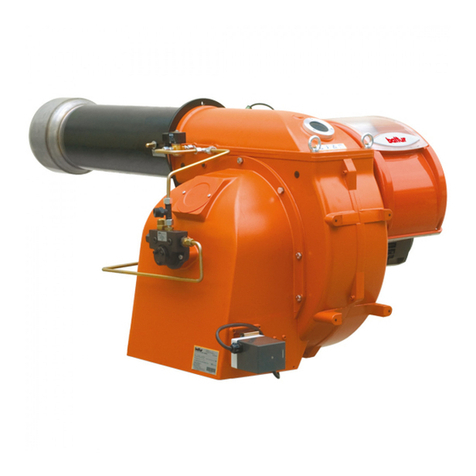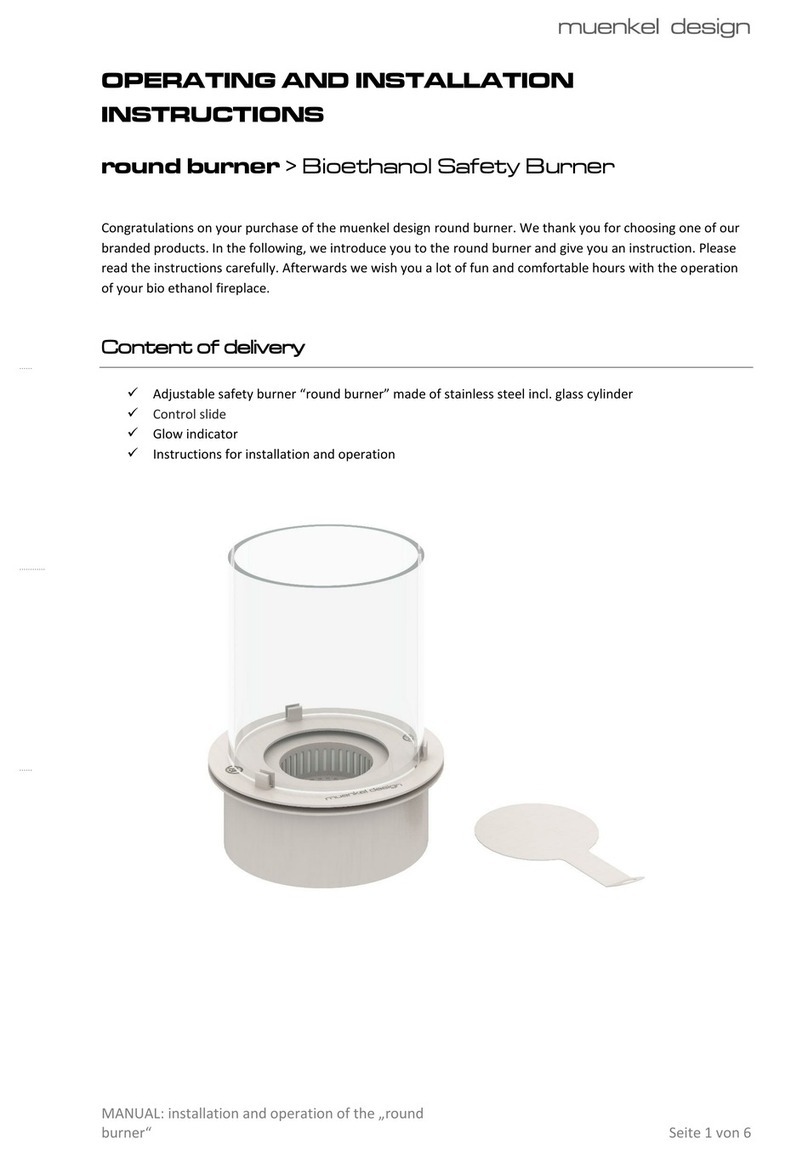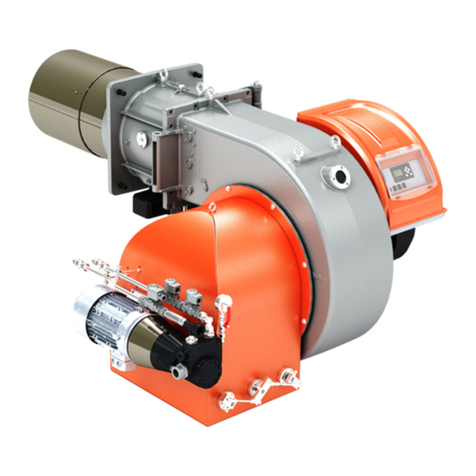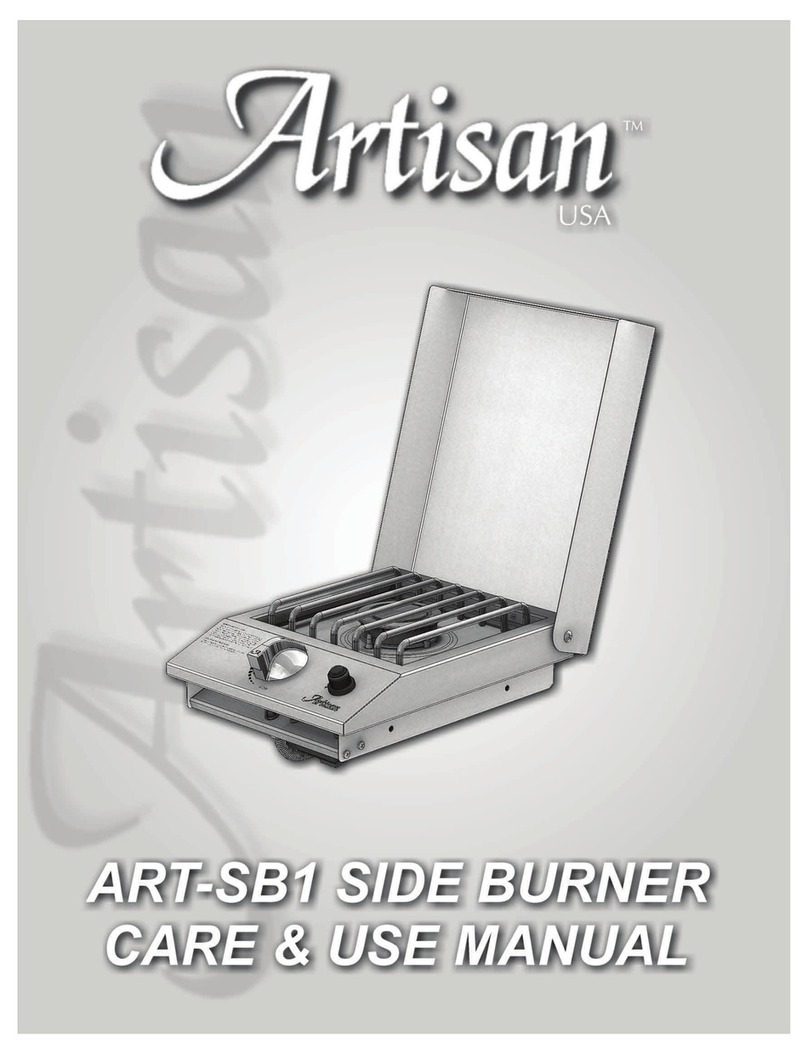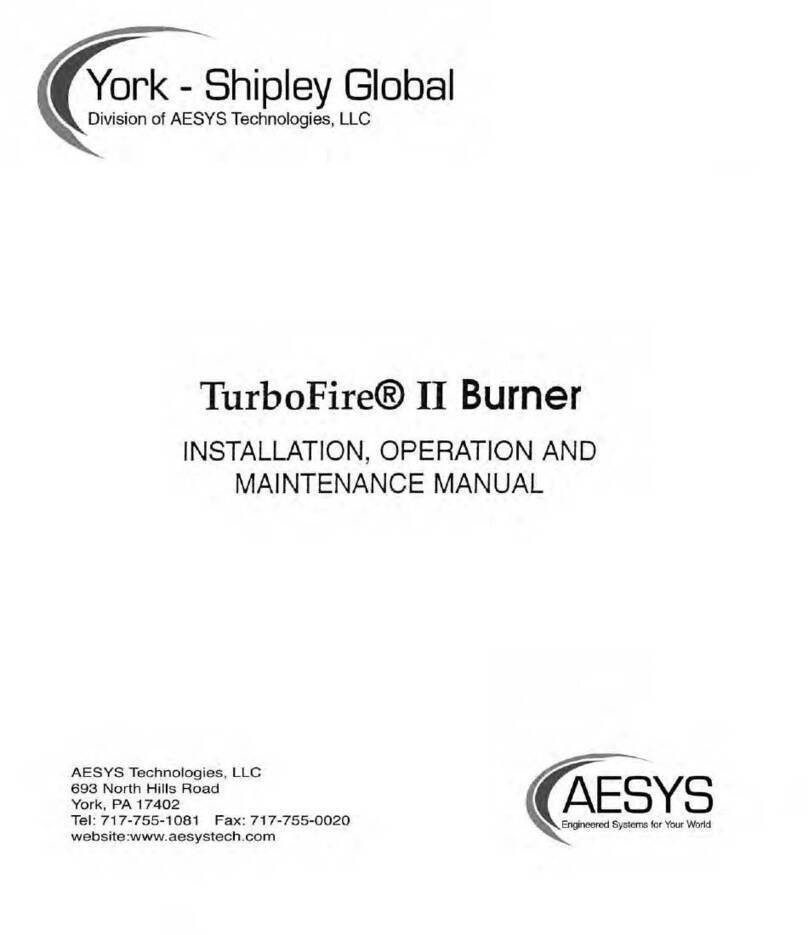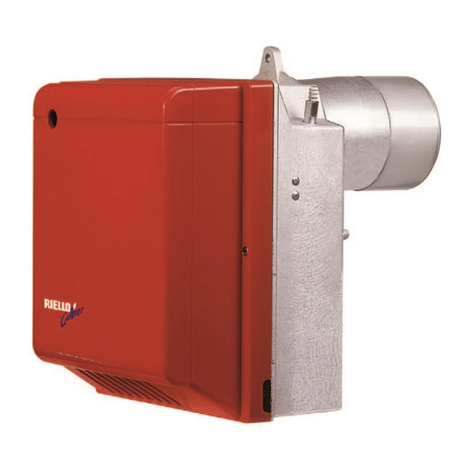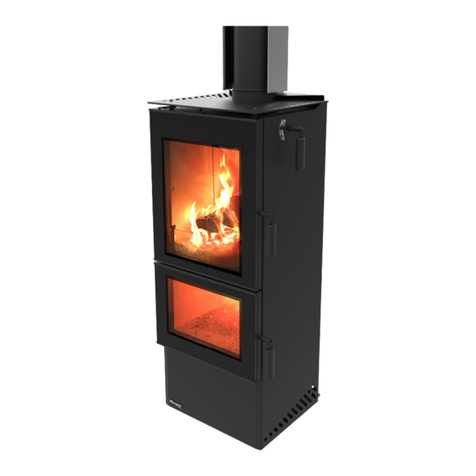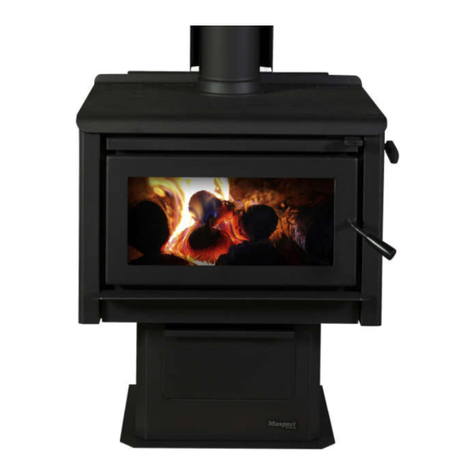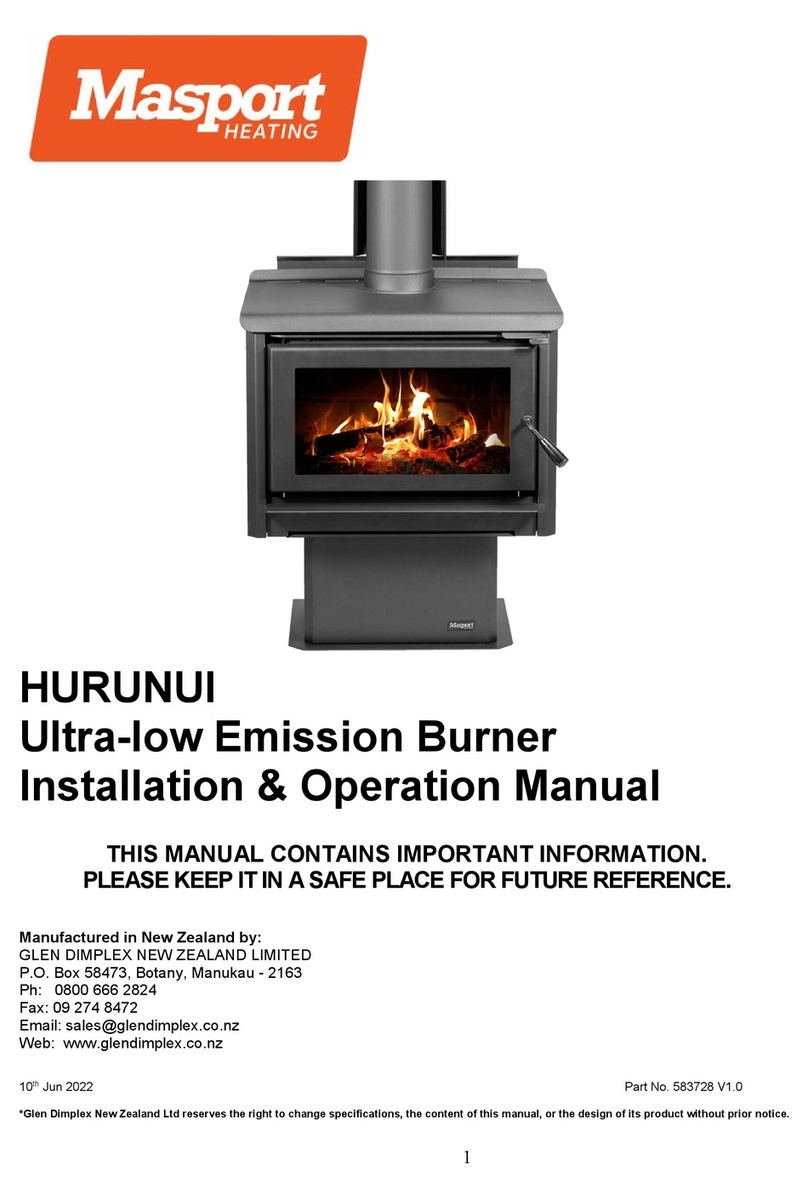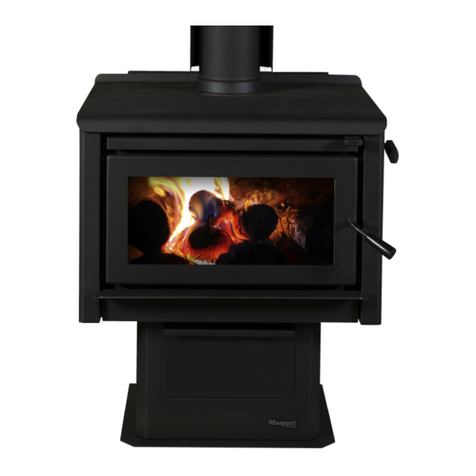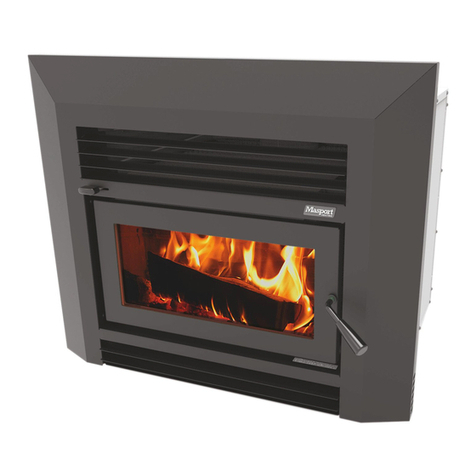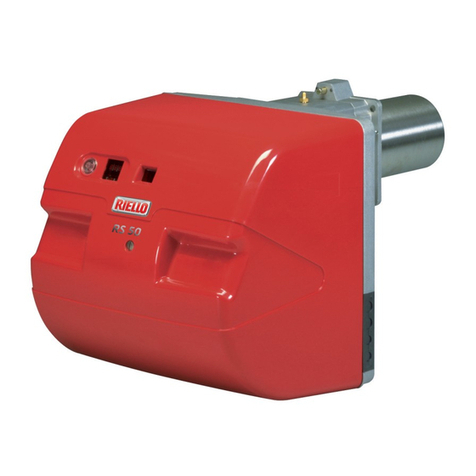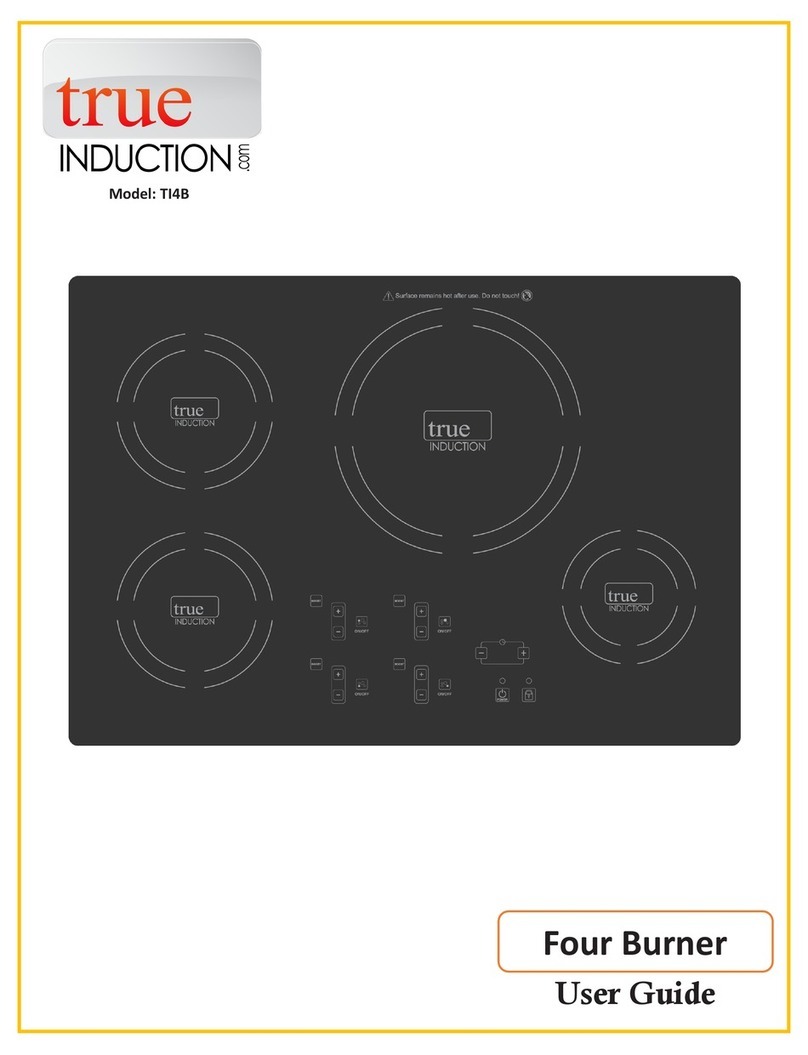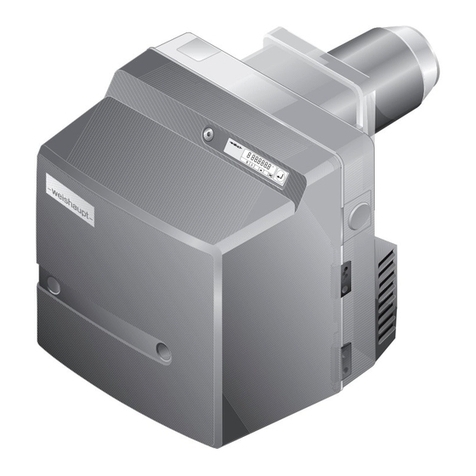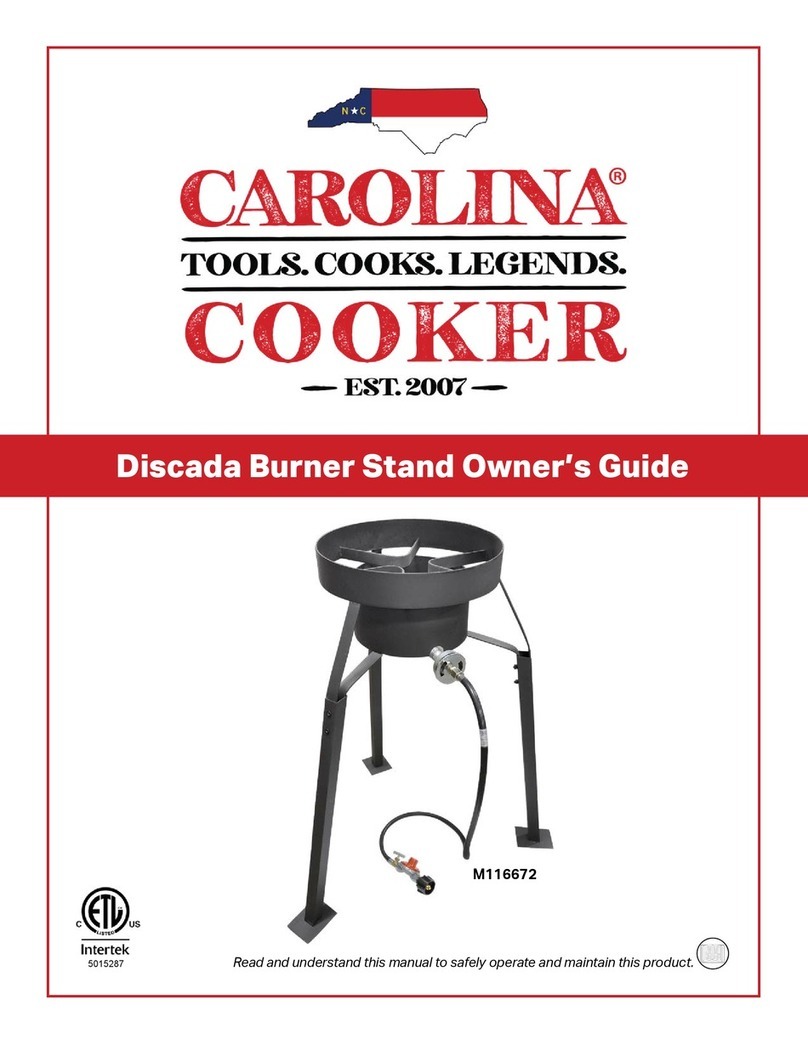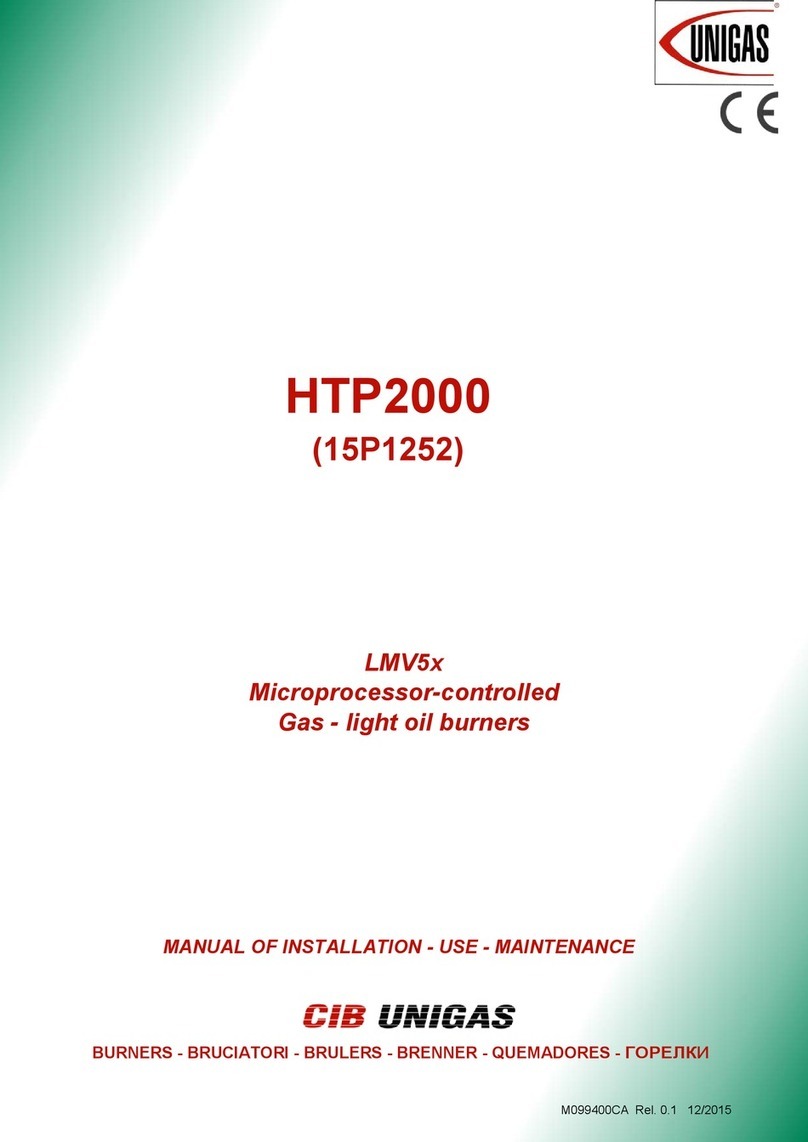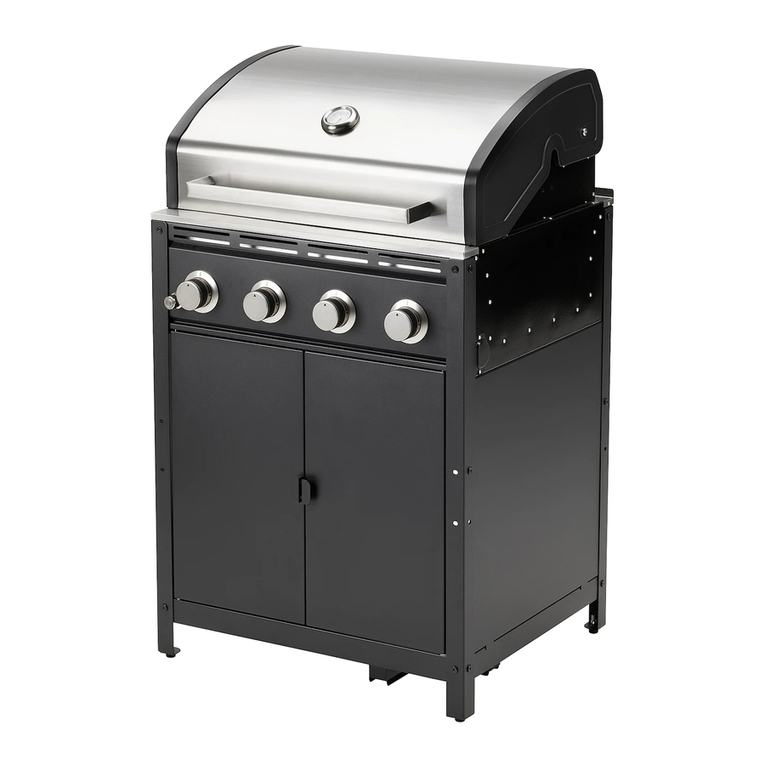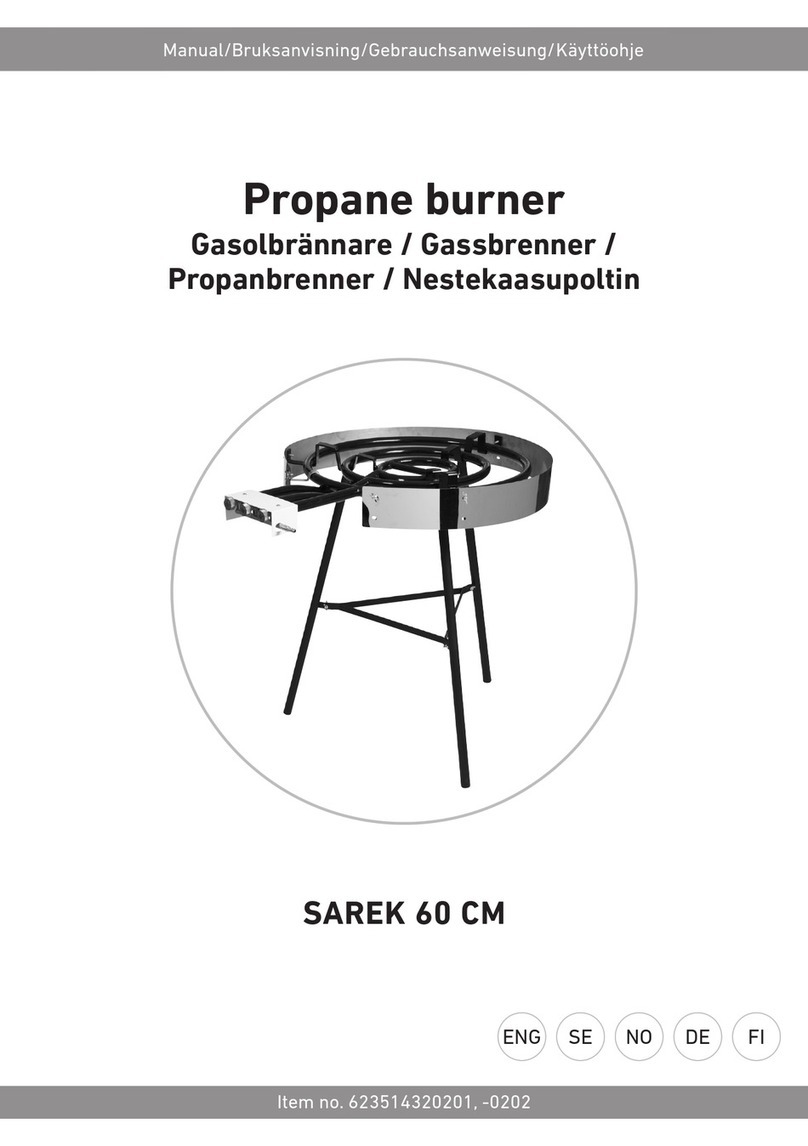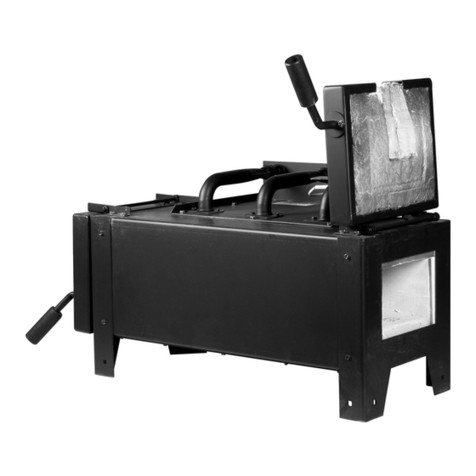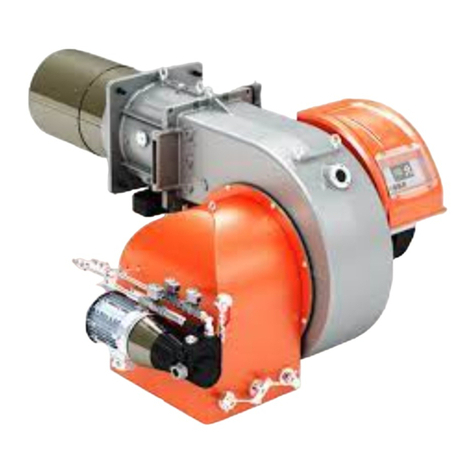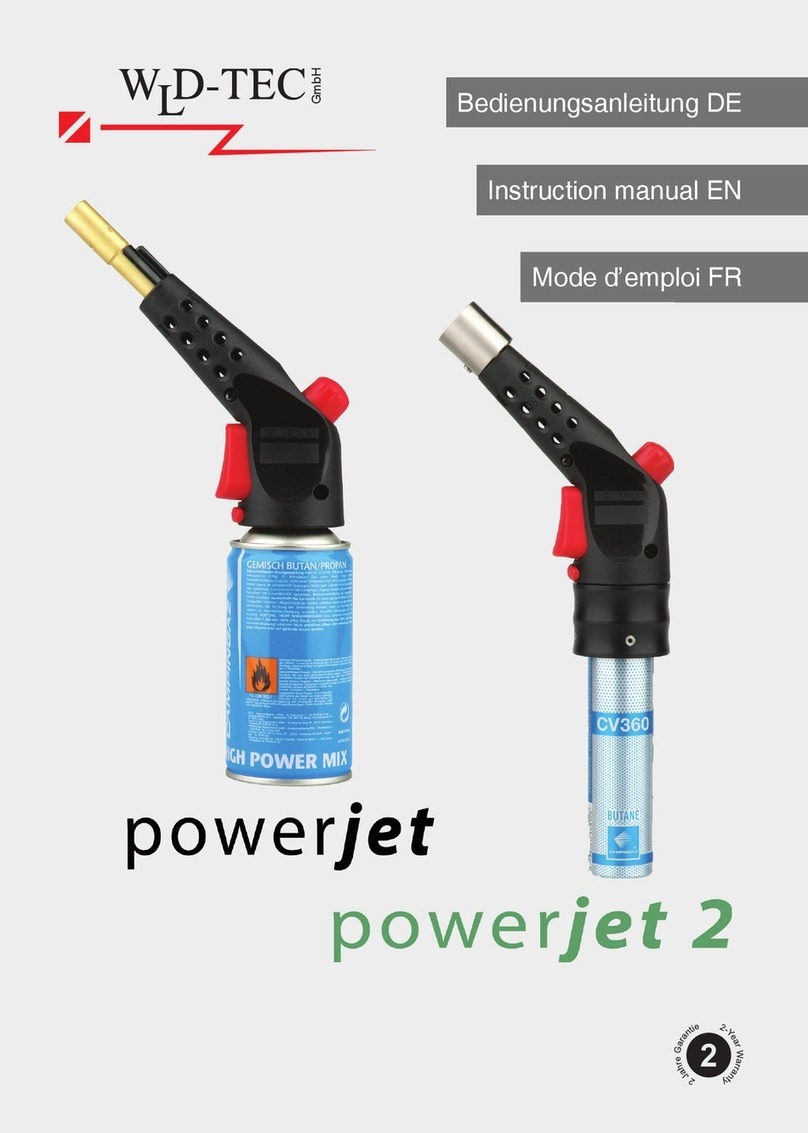3
1.0 Introduction
Congratulations!
You are now the owner of a MASPORT Clutha” Ultra Low Emission wood Burner designed and
developed by Glen Dimplex New Zealand Ltd.
Firstly, thank you for purchasing a Masport appliance.
Your new generation wood fire has been designed to provide you with all the warmth and comfort
needed whilst having ULTRA LOW emissions to dramatically reduce the impact on the environment.
Environment Canterbury has approved the installation of this burner throughout New Zealand, as it
bears the MASPORT brand, it promises to provide you with the economy, safety, and efficiency and
quality.
To make the most of your appliance, installing, operating, and maintaining the burner correctly is
important. Please read this installation and operations manual carefully before installing or
operating your Clutha ULEB. Please take the time to understand the basic principles of this new
burner which uses the latest combustion technology.
The bricks fitted in this burner are of a ceramic composition which will store invaluable heat to be
released towards the end of the burn cycle whilst also reflecting heat into the ember bed creating a
high combustion environment as well as increasing the radiating heat through the door glass. The
baffle is made of stainless steel and supplies secondary air to aid the combustion process making
for a cleaner hotter burn. This type of construction makes the heat durable and can reduce service
costs in the long run.
2 Items supplied with the fire
1 x Masport ceiling plate
1 x St/St Main Baffle
7 x Ceramic Bricks
1 x Installation and Operation Manual which includes
•The Technical and Clearance Specification.
•Installation guidelines
•The Brick & Baffle Layout
3 Handling and Transport
The Clutha appliance has a Nett weight of 118kg
Masport recommends that a minimum of 2 people handle the heater while moving it around and
positioning
It is also recommended that suitable handling and safety equipment be used where applicable,
removing items like the baffle, bricks and the door will help reduce weight of the heater during
installation process.
Supplied in a wooden crate to reduce the risk of transport damage, if there is any visible damage to
the crate, please inspect the heater and notify your retailer if there is any damage.
4 Notes
•The installation of the Clutha ULEB requires a building consent before installation commences.
Check with your local Building Authority whether there are any additional requirements before
installing.
•The burner and flue system shall be installed in accordance with AS/NZS 2918:2001 and
appropriate requirements of the relevant local building codes.
•Masport highly recommends NZHHA trained SFAIT (Solid Fuel Appliance Installation technician)
installer to install your burner. Your dealer or heating specialist will be able to help with
recommendations and advice on permits/consents required for the installation in your area.
